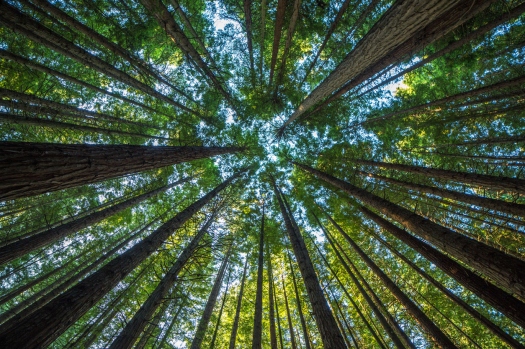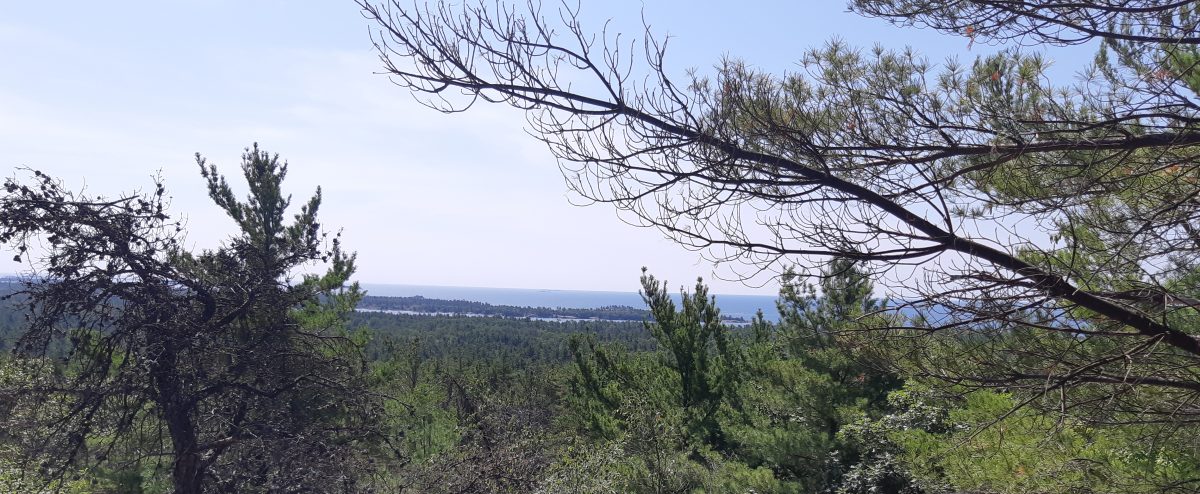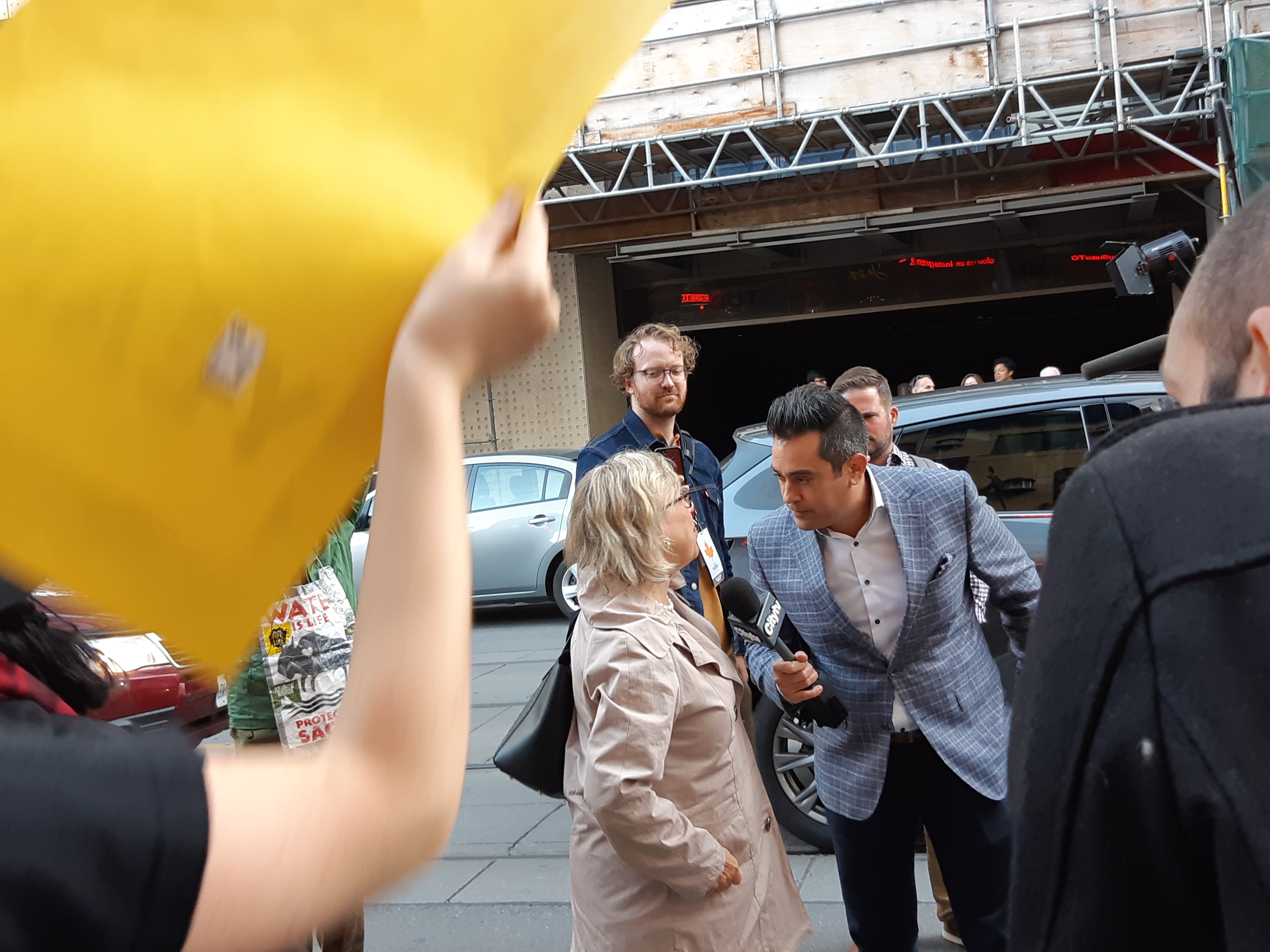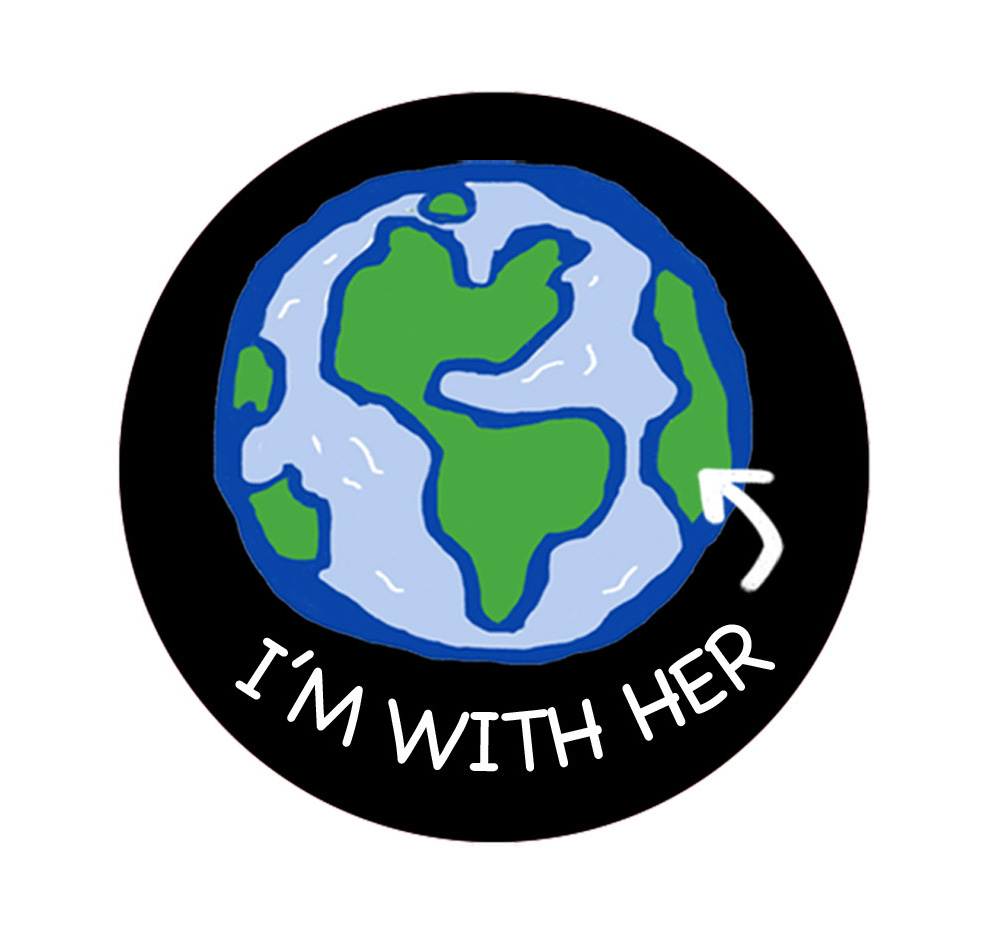

Photo/LTS
I’ll be up front about it: I am a very imperfect environmentalist, and the worst damage I do to the planet is traveling in planes. (Anyone I know on Facebook is well aware of this!) I have always wanted to travel, ever since high school when I started studying a lot of French and Spanish. I worked for an airline and travel agencies. Now I’m retired, and one of the main things I want to do is travel! But there is no doubt it is bad, as we see in the news every day. Here’s today’s update on global heating. Anyway, this blog is the result of much guilty thought and research .

https://www.cnn.com/2017/04/10/asia/great-barrier-reef-coral-bleaching/index.html.
In this blog I am going to try to find some basic facts about greenhouse gas and other emissions from travel, and look at some ways to mitigate the damage. I’m trying to be brief here, so there will be links to articles with more detail – for those who want it. But there are some big issues here, so the blog may be longer than usual!
The first part is easy to figure out. Biking and walking don’t create greenhouse gases. It’s that simple. We should walk and bike as much as possible – which will be very different for people in different circumstances. However every bit counts, as this article points out. But it won’t get you to Europe from North America!

Note: New research is showing how damaging particulate air pollution is for city dwellers – you can monitor air pollution where you live with this app, (highly recommended!) This article shows that you can substantially reduce exposure by taking side streets and going through parks.
Emissions from flying are much harder to calculate (See this academic article for principles) due to differences in plane models, what’s on the plane at takeoff, how many passengers share responsibility for the emissions, the flight path, even the weather, and possibly who runs the site you get your data from. But here are some basic facts (I hope!) and links.

Flying requires huge amounts of energy – which we tend to forget because it’s so common. Think about this: two or three people can push a car out of a ditch. They can move it! Now think about how many (very tall!) people it would take to lift a 767 full of people, bags and fuel, etc. You burn a lot more fuel, and the emissions go directly into the upper atmosphere, where they do the most damage.
This, from the BBC online magazine Science Focus, gives a decent comparison:
A Boeing 747 uses 7840kg of aviation fuel for the take-off, climb and descent portions of the flight and these account for about 250km. For journeys longer than that, the plane will use 10.1kg for each additional kilometre under typical cruising conditions. So to fly from Heathrow to Edinburgh (530km) uses 10,668kg of fuel, which releases a little over 33 tonnes of CO2.
Whereas a Ford Mondeo 1.8 TDCi emits 151g of CO2 per km and covers 650km to reach Edinburgh. That works out to be 98kg for a single passenger, compared to 79kg per person for the Jumbo, assuming it carries its full complement of 416 passengers. But you could drive 336 cars to Edinburgh for the same CO2 as one plane.
https://www.sciencefocus.com/future-technology/how-many-cars-equal-the-co2-emissions-of-one-plane/
Again, tons of variables. Even electric cars can be better or worse, depending on the source of your electricity. (Niagara Falls or a coal-fired plant?) But the 336 cars they mention in the quote could each carry four or five passengers, with much less emissions per person .
Here is a comparison, showing emissions per passenger per kilometer traveled (BBC):
- Short haul flight 254 g per passenger per kilometer
- Long haul flight 195 g
- Car, 1 passenger 171 g
- Bus 104 g
- Car, 4 passengers 43g
- Rail 41g
- Coach (long-distance?) 27g
- New high speed train 6g
That is a huge difference! Here’s a Guardian overview of the issues, showing that one trip London – New York – London would add more than 10% to one Uk citizen’s annual emissions. The trip would also emit more greenhouse gases than an average citizen of Paraguay (or 55 other countries!) would in a year. The world has 100 000 flights a day, a number which is increasing rapidly. Not good.

https://www.insider.com/hacks-that-will-help-you-get-through-airport-security-quicker-2018-4
What should those of us who travel or want to travel do?
Some ideas
- Stay home. Make home a place where you want to be more, building community, cleaning up, finding exciting things to do in your home city. Pledge to be flight free.
- Fly less. And get governments to force the aviation industry to invest more in creating electric planes and generally reduce emissions. They have done very little towards that.
- Take the train. See everything you could possibly need to know about train travel anywhere here. Or take a bus. The Site Rome2Rio shows pretty much every mode of transport anywhere.
- How to get to Europe from North America (or vice versa): Unfortunately cruises tend to be vacations and aren’t useful for getting from point A to Point B. The Queen Mary does a regular Brooklyn to Southampton trip, but it’s 7 days, very expensive, and formal wear for dinner! Fly, then take the train when you get there, even though internal European flights are unbelievably cheap. ( I thoroughly checked freighters and repositioning cruises, and found nothing remotely useful for just getting from North America to Europe.)
- Flying anyway? Research flights at Skyscanner and it can show you flights that have lower emissions. Take a non-stop because taking off and landing is by far the the most fuel-intensive part of any trip. Once you’re across the ocean, Rome2Rio can help you get to even the most remote place by bus or train.
- Calculating emissions or footprint Here are some of the many sites that help with this.
- Via Rail... Carbon Footprint … Bullfrog … Atmosfair has a calculator and much more info as well
- Offsets? There are lots of companies that will calculate your emissions, and offset them. It would be important to do some research on that one to be sure they actually do the carbon capture, tree planting, etc . If you do the comparison research, do tell me how the different sites compare!
- Other offsetting I wanted to offset our recent trip by donating to green organizations I knew something about. When I was in Malaysia, I asked around a bit and found a local organization working to stop rain forest destruction from the creation of palm oil plantations, and made a donation. (Here’s their info on why you should be boycotting palm oil.) I also donated to a fantastic organization called Treesisters. I heard about them in the issue of The Guardian shown below. Its main article on the benefits of tree planting is here. I also donated to Rainforest Action Network.

- We need more trees We should all be planting all the trees we can, in person or by donation. In the Toronto area, an organization called LEAF gives advice and subsidies for backyard tree planting. There will be similar organizations in many cities.Tree planting does seem like one of the best things we can do in the long run. And we should be harassing our governments to do more of it. And of course reducing our carbon footprint so entire continents may be less likely to burn!
- Greta Thunberg and George Monbiot have made an excellent short video about preserving nature, suggesting what we can do. In short: protect and restore nature, fund things which protect and restore nature, and stop funding things like the fossil fuel industry. Worth watching! You’ll find it here.

Conclusions
It is so tempting to find excuses, and leave it to someone else to reduce carbon emissions. It’s not my fault that the world is in a climate emergency, we think. But of course we do bear responsibility here. So we have to take action . And we have to get other people talking about these issues so that changed attitudes spread. Flygskam, or flight shaming is important enough in Sweden that in 2019 there was a drop in the number of people traveling through Swedish airports, unlike in other countries. We can do this too!
I’m not going to lie – I am not stopping all air travel right now. But writing this has forced me to see the urgency of these issues, and to follow some of my own advice. I’m not cancelling all planned trips, but I won’t travel by plane once I get to Europe in September… And I see a train trip to Vancouver in my future! Also – more donations to environmental organizations in addition to the regular ones I make already.
PS. Here’s a link in case you’re wondering what a tonne of carbon emissions looks like, as I was! And thanks for taking the time to read this to the end! MM








































